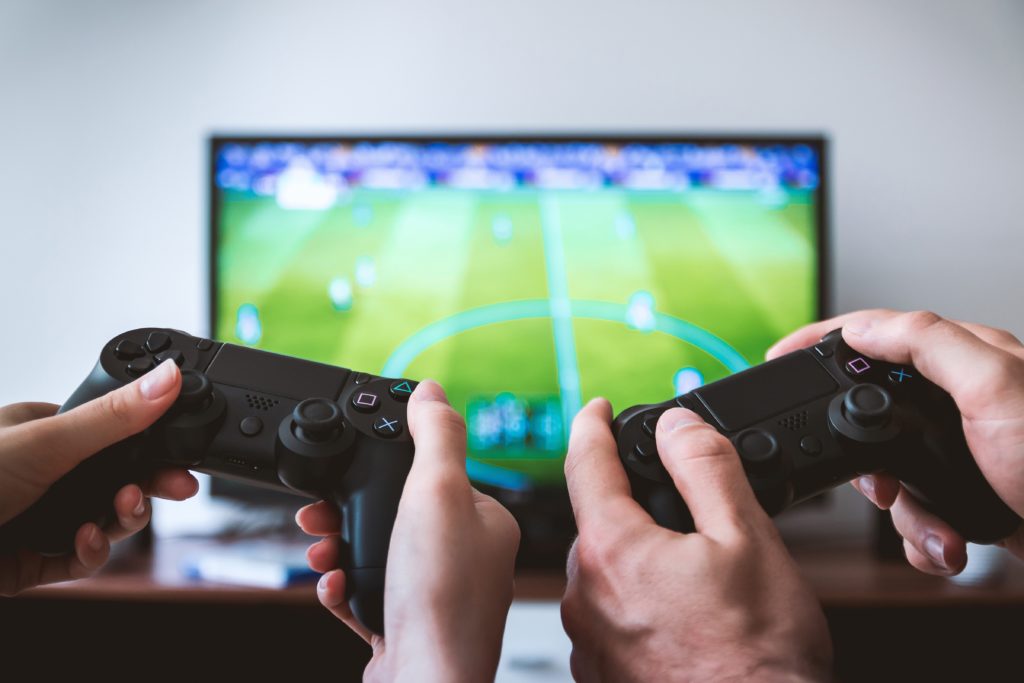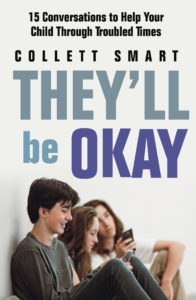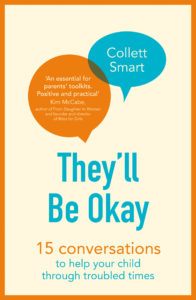9 Ideas for Screen Time Balance
by Collett Smart

Instead of banning screens, we need to help our tweens find a healthy balance.
Nature is known to provide cognitive benefits and enhance our overall physical and mental wellbeing. Yet, for some tweens, spending too much time on technology, sees them not getting enough exercise or spending enough time outdoors. So how do we help our young people create a healthy screen time balance?
How much screen time is too much?
That is the question I get asked at every seminar I run.
The answer – “It depends!”
There is no easy answer to how much time your child should be allowed with technology, because not all screentime is equal. So I interviewed both Professor and psychologist Wayne Warburton and psychologist Jocelyn Brewer on my podcast (here), about the concept of ‘Digital Nutrition’. Jocelyn reframes ‘screen time balance’ as, ‘Digital Nutrition’, This is what she has to say,
‘Imagine that apps and games came with nutritional labels to help us understand their impacts. Imagine we considered the way we consume digital content the way we have learned to consider food and it impacts on our wellbeing. Imagine that we understood the ‘virtual vitamins’ contained in the activities we engage with online and made choices from a more informed perspective.’ (See more on her work here).
So instead of banning screen time, we need to help our young people to critically consider their screen content, as well as to engage in healthy, enjoyable physical activities.
Start by setting a clear screen time plan
Include structure around when and for how long your tween and teens can use entertainment media, such as online games and movies, as well as social media. Also, add suggestions for offline activities. Your plan should also include consideration for controlled access by a parent for younger teens, age restrictions for games and movies, as well as natural consequences for overstepping the boundaries.
Some boundaries might include:
- A balance of screentime and ‘green time’ (literally seeing nature) activities. For example, perhaps encourage tweens to spend one hour outside after a one-hour session on a screen (in the garden, at a park, kicking a ball, jumping on a trampoline).
- Thinking about healthy online places to hang out.
- Non-screen entertainment options (board games, reading a book, playing an instrument, dancing, cuddling pets, art, swimming…).
- Developing a mix of face-to-face socialising opportunities (at sport, music lessons, youth group, scouts, family dinners etc…).
- A list of daily physical activity. It is recommended that teens aged 13–17 years engage in at least 60 minutes of moderate to vigorous intensity physical activity every day, irrespective of cultural background, gender, socioeconomic status, and ability.
- Devices need to be in a shared visible place in the home, and ensure that all technology (including your teen’s phone) is out of bedrooms at night (this is a VITAL part of healthy tech habits).
- Agreed bedtimes per age, with screens switched off around one to two hours before bed (to calm overstimulated brains).
- What to do if something disturbing or inappropriate for tweens and teens pops up on (or gets sent to) their devices (HINT: Tell them you will not ban the device. Verbalise how proud you are that they came to talk with you about it.)
- How parents will model healthy screentime habits.
One last thought
Get your tweens and teens involved in creating the (above) list, as soon as they get their own devices (phone, iPad, laptop, Xbox etc…) Tweens are often more inclined to stick to a plan they feel they were part of creating. Of course, you are the parent, and so some things will be non-negotiable. Put this up as a tangible list on the fridge if your child needs reminding.

Collett was the Resident Psychologist for Mums At The Table TV and Magazine, where a shorter variation of this article is posted.
You can listen to the podcast episode here:





 My name is Collett Smart. I am a psychologist, qualified teacher, speaker, podcaster and internationally published author, with more than 25 years experience working in private and public schools, as well as in private practice. I am married and have 3 children aged aged 22, 20 and 14 years-old.
Welcome to Raising Teens!
My name is Collett Smart. I am a psychologist, qualified teacher, speaker, podcaster and internationally published author, with more than 25 years experience working in private and public schools, as well as in private practice. I am married and have 3 children aged aged 22, 20 and 14 years-old.
Welcome to Raising Teens!